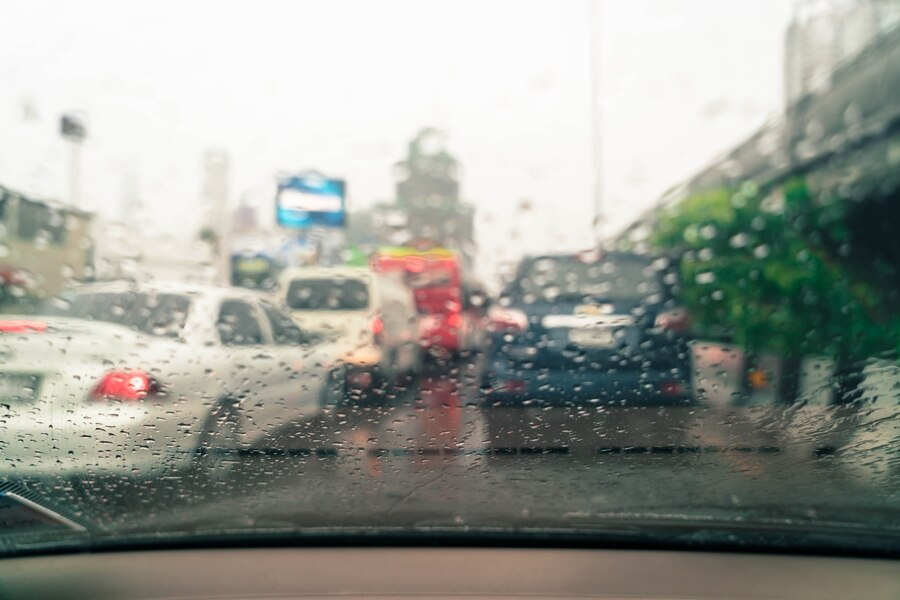Get Your Car Ready for the Rainy Season: Essential Checklist for Safe Driving

(Photo credit: freepik)
When the rainy season arrives, driving becomes more risky - wet roads, poor visibility, and unexpected obstacles can all lead to accidents.
That’s why preparing your car for rainy weather is crucial to ensure your safety and the safety of others on the road. Here’s a practical checklist to help you drive with confidence through the rain!
1. Windshield Wipers – Small but Mighty
Worn-out wipers can seriously reduce visibility during heavy rain. Check if the blades still hug the windshield properly and if there’s any squeaking or streaking. If so, it’s time to replace them.
Tip: Replace your wiper blades every 6–12 months, or sooner if they stop working effectively.
2. Tires – Your First Line of Defense on Wet Roads
On slippery roads, tire grip is everything. Check your tire tread depth—it should be no less than 3mm—and make sure tire pressure is at the recommended level.
Tip: Use a coin to measure the depth of the tire groove by placing the coin into the tire groove. If the depth in the tire groove is less than 1/4 of the coin, it means that your tire is close to being replaced.
3. Brakes – Must Respond Quickly and Accurately
Wet roads increase stopping distance. Weak or worn-out brakes can put you in serious danger. Regularly check brake pads, brake fluid levels, and listen for unusual noises when braking.
Tip: If the brake pedal feels soft or you hear grinding sounds, head to a service center right away.
4. Lights – Make Sure You're Seen
In rainy and low-light conditions, your car’s lights are critical. Make sure your headlights, taillights, brake lights, and turn signals are all working and bright.
Tip: Clean off any dirt or mud that may be covering the lights to maximize brightness.
5. Defogging System – Clear Windows, Clear Vision
Fogged-up windows are a common issue during rain, but they’re preventable. Test your car’s defogging system for both the front and rear windshields, and ensure your A/C can direct air toward the windows.
Tip: If your car doesn’t have an electric defogger, use a dry cloth or apply anti-fog spray for better visibility.
6. Battery & Electrical System – Don't Let Moisture Win
High humidity during the rainy season can affect your car’s electrical system. Check the battery terminals for corrosion, make sure the wiring looks secure, and test how easily the car starts.
Tip: If your battery is over two years old or showing signs of weakness, consider replacing it before heavy rains begin.
7. Emergency Gear – Better Safe Than Sorry
Always keep emergency items in your car, such as jumper cables, a flashlight, a raincoat, or non-slip shoes. You never know when you’ll need them.
Tip: Store them in an easy-to-reach spot, like the trunk or under the seat.
A Rain-Ready Car Is a Safe Car. Checking your car before driving in the rain isn’t just maintenance—it’s accident prevention. Take a few minutes to go through this list and you’ll not only protect your car, but you’ll also drive with peace of mind—no matter how heavy the rain gets!
Claim your free car valuation today!
Read More: How to Sell Your Used Car for the Best Price: 7 Key Factors Buyers Look For
Looking for a car appraisal? You can contact us for a free car valuation within 24 hours…
